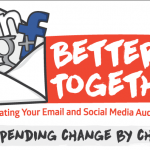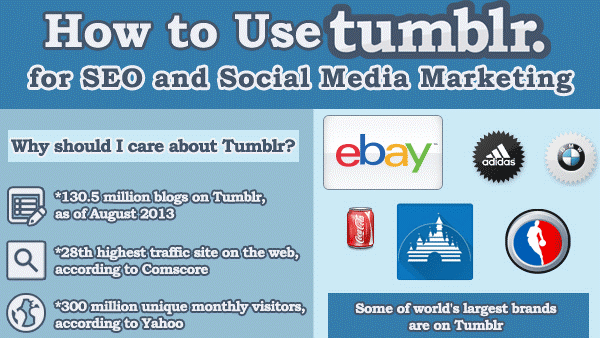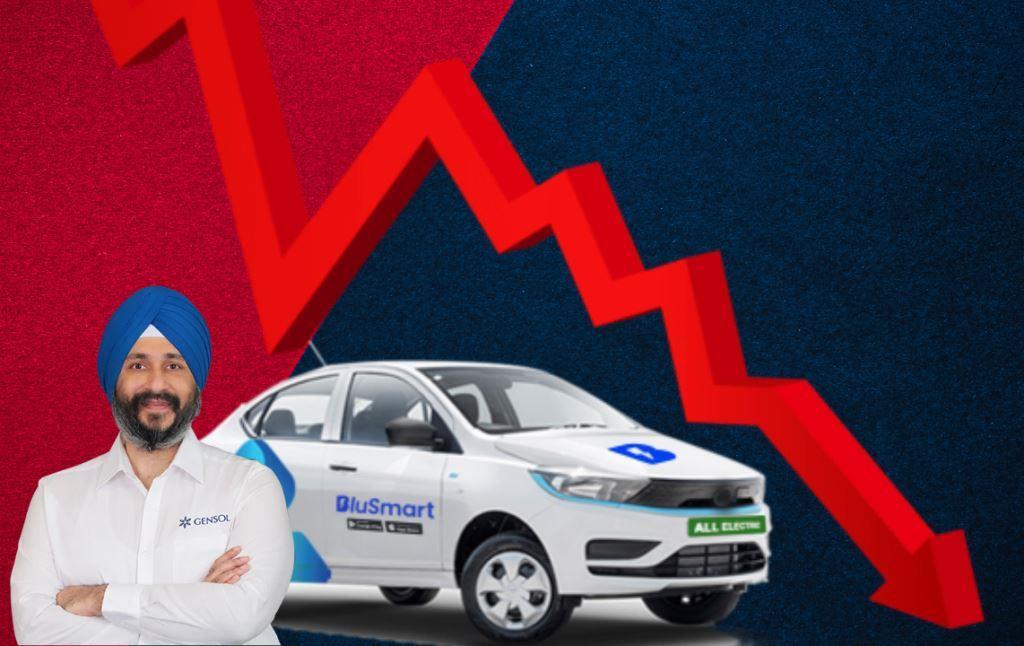To create a recognizable company and make your name stick in the mind of your customers, you need to build a solid brand. Haphazard marketing will not work; over 80% of customers say that the authenticity of content is the number one factor in their decision to become a follower of a brand. Many small business owners envision big budgets, complicated projects and high-priced consultants when they hear the term “branding”. Sure, the numbers can be intimidating, but the branding is less complicated than it appears. Therefore, let us look at some companies, how they engage with the customers, create experiences and build a successful brand in the process.
Content Is Not King – Quality Content Is
Last year, over 90% of business marketers said that they plan to devote more time and efforts to content in 2016. While big companies can spend more money to stay above the noise, they cannot pay to have more value and relevance to the consumer. Some companies are starting to look at different metrics; so let us take the social sharing media website Upworthy for example. An article on Inc.com, details how the company has used new “quality-driven” metrics to measure success . Instead focusing on page visits or unique visitors, Upworthy decided to concentrate on “attention minutes”, measuring achievements based on user engagement. In the market crowded with big-name companies like Tumblr and BuzzFeed, Upworthy has quickly become the fastest growing media site in history.
Social Media and Audience Engagement
Now, let us get back to user engagement for a second; nearly every business owner/manager uses social media marketing (96% of them, to be exact) for branding purposes, and with the today’s short attention spans, engaging people is certainly not easy. That is why you have to connect with your customer on an emotional and an intellectual level. You can take a cue from big companies such as Dunkin’ Donuts, and their #mydunkin Twitter campaign. The company asked its audience to tell a story about how Dunkin’s popular coffee fits into their everyday lives; the winners stared in their own Dunkin’ commercial. Alternatively, you could take look at a smaller company like pCloud, whose ongoing Crypto Hacking Challenge gives the audience a chance to win $100.000 if they can hack their encryption. With more than 2000 participants, the company managed to raise the interest in their brand, while engaging the audience and putting their skills to the test.
Passion, Profits and Branding
While pursuing a career, it is always important to believe in what you are doing, because your passion shines through and helps your customers connect with you. Just look at TOMS Shoes, for every pair of shoes sold, the company gives one pair away for free to a needy child. While that makes little financial sense, the company is creating “emotional profit”, which in the long term, can be far more valuable to them. Three years ago, TOMS gave away its 10 millionth pair of shoes, which also means they sold 10 million pairs since the company started in 2006. In just seven years of existence, and with little to no marketing budget, the passion behind TOMS helped them stand out and create a huge brand following.
Conclusion
Building a thriving, recognizable brand is a long-term commitment that requires a lot of discipline, brainstorming and confidence in your company, brand and service. In fact, over 50% of people do not trust brands, and much of this distrust comes from not delivering on the customer’s expectations and broken promises. You must work hard to earn the trust of your potential customers. In addition, you have to be innovative, focus on quality and passionate, also, it will not hurt to look up to successful companies like TOMS, pCloud and Upworthy, and take a page out of their books on branding.















